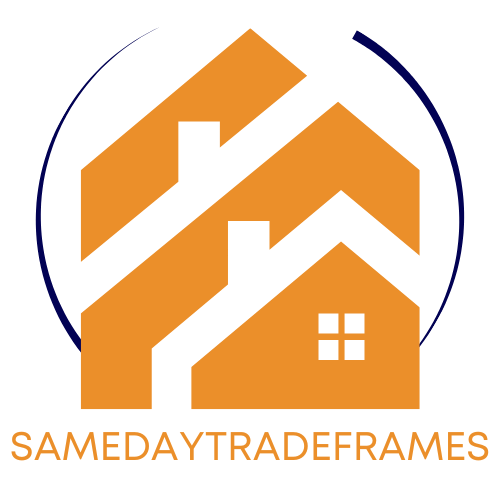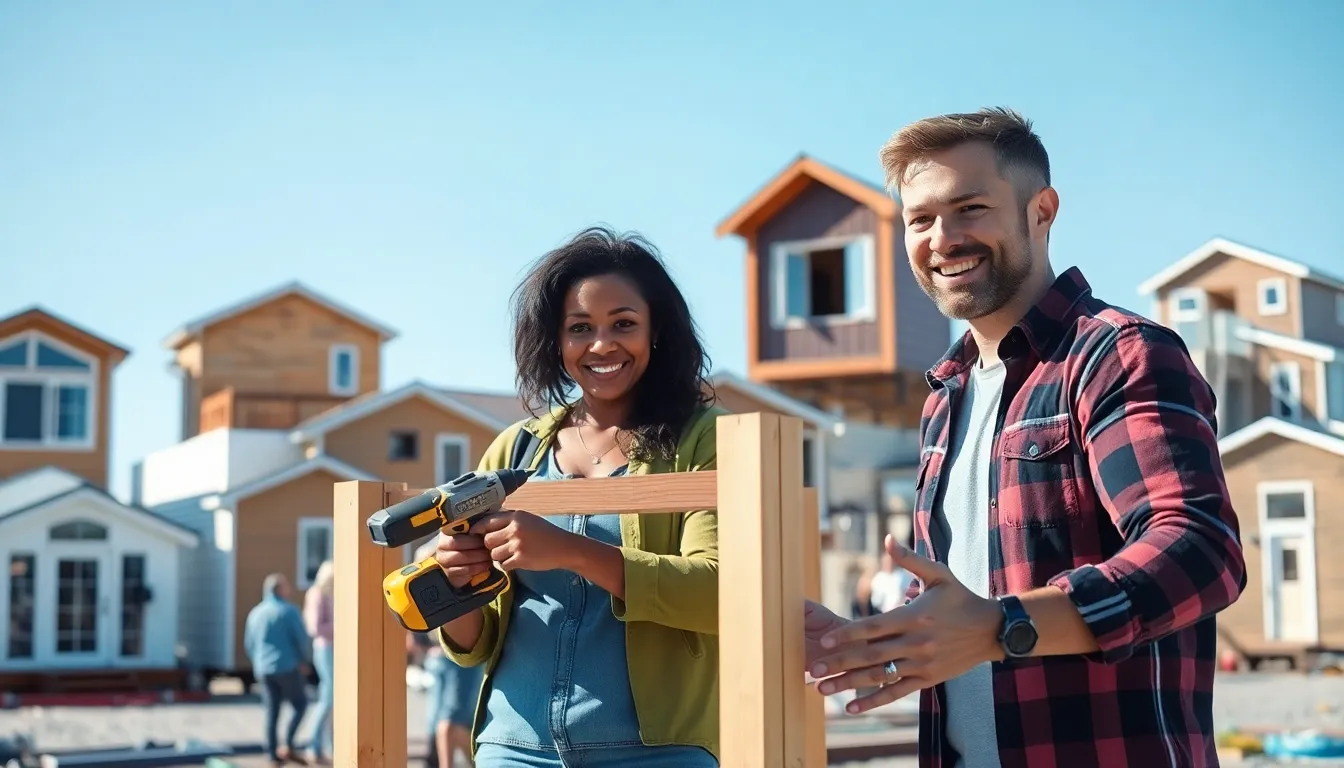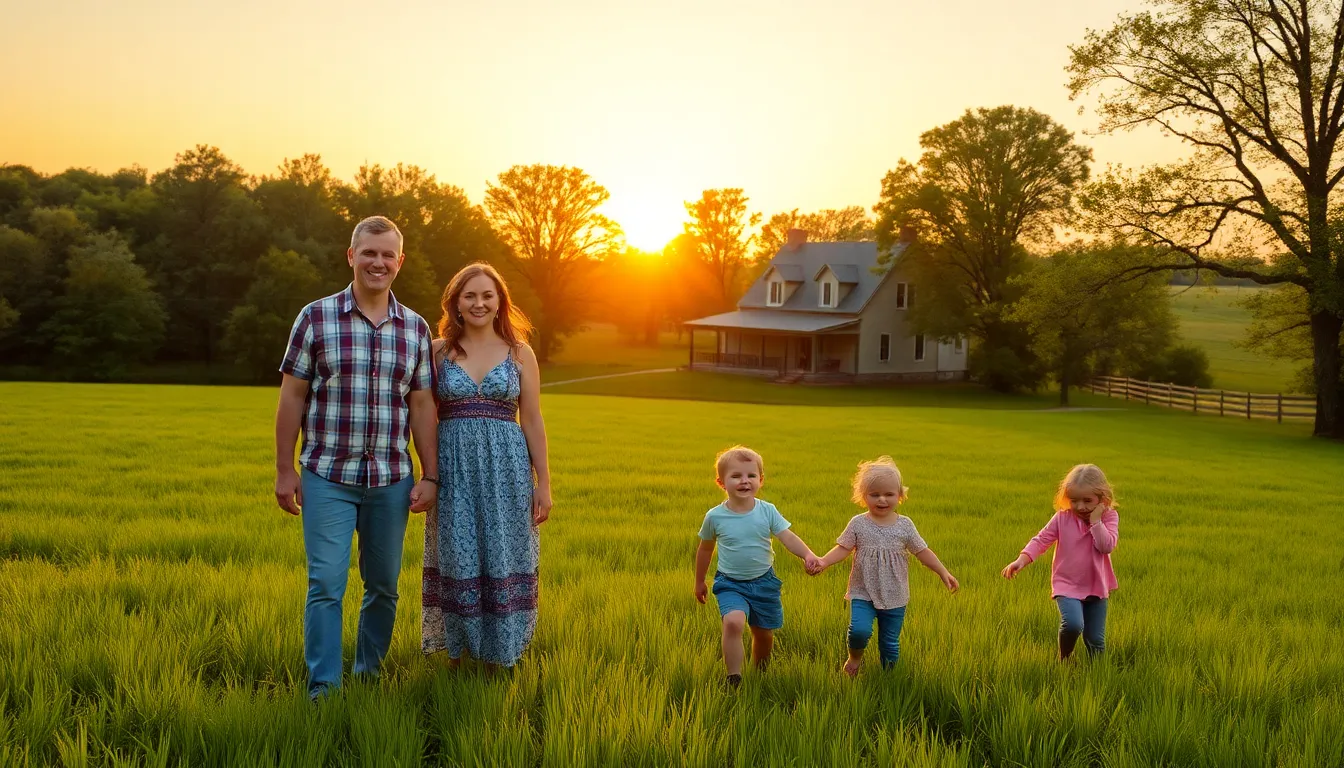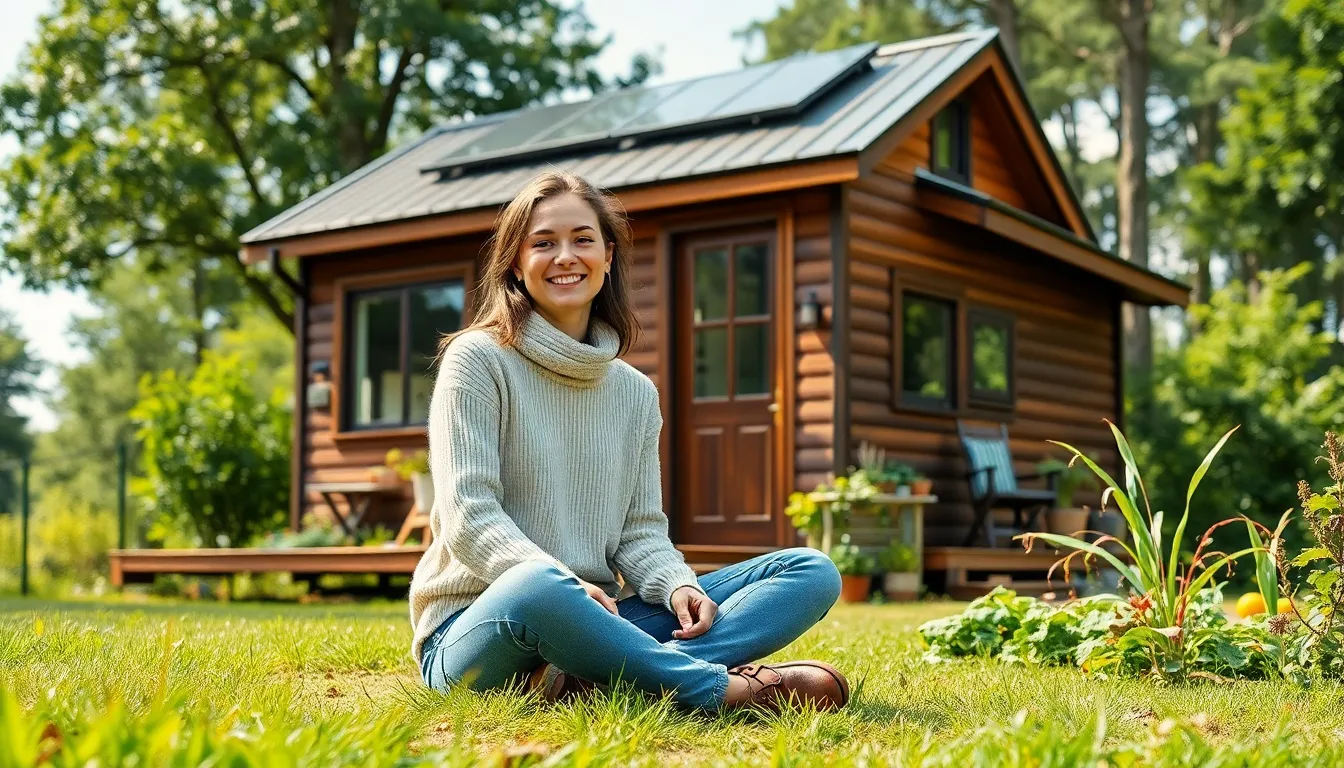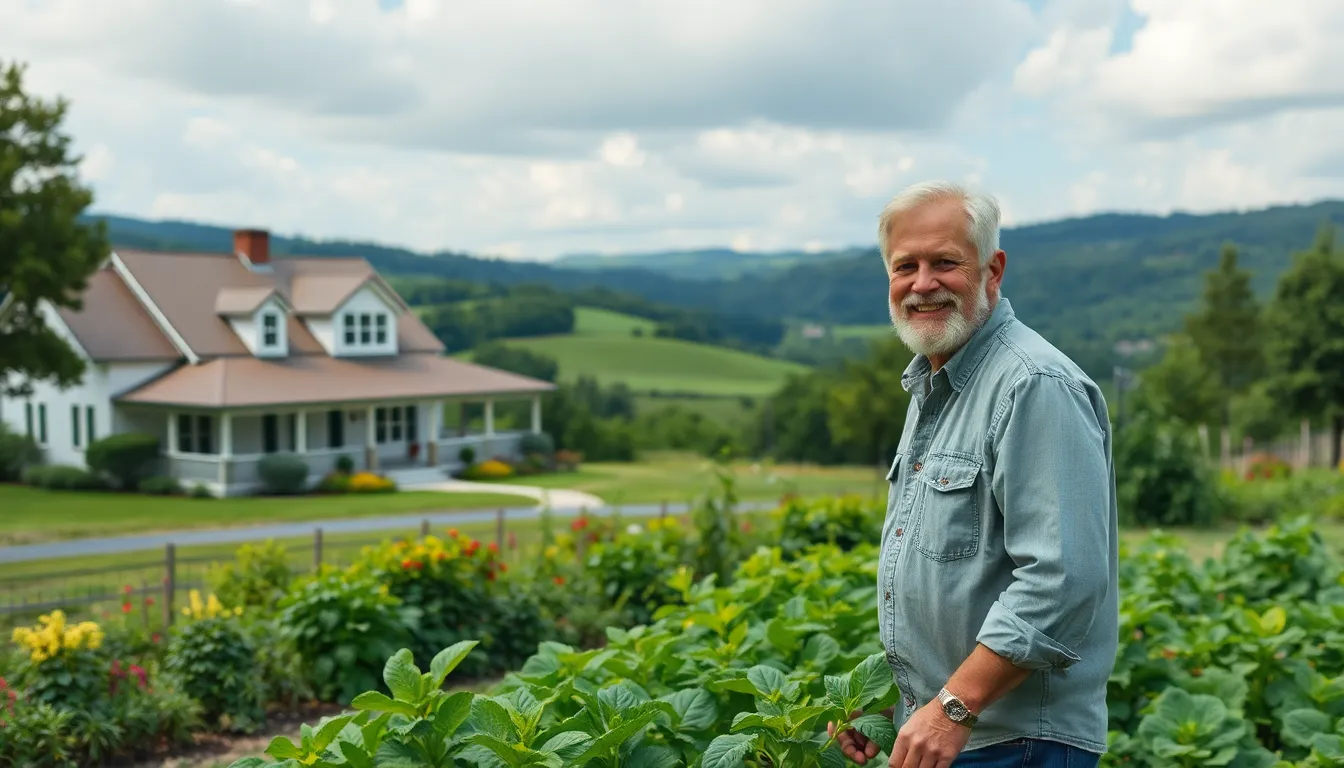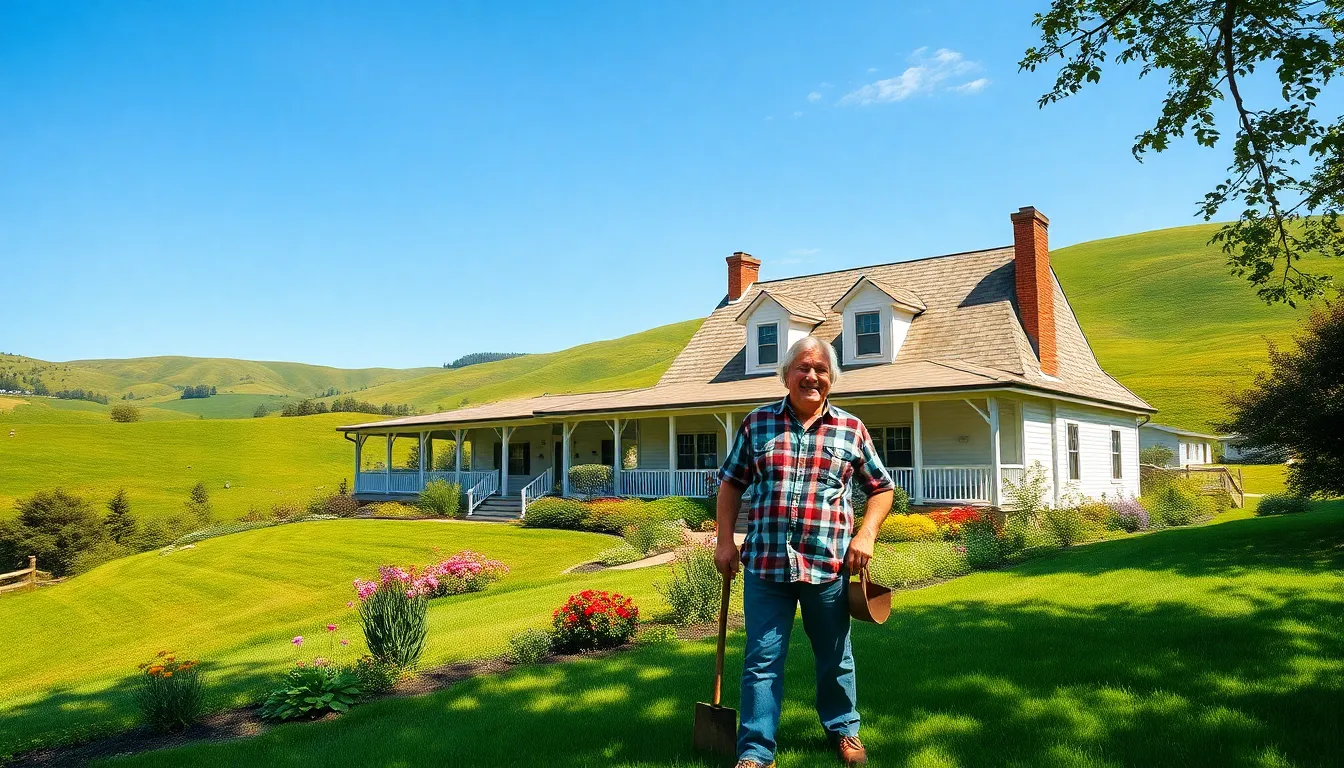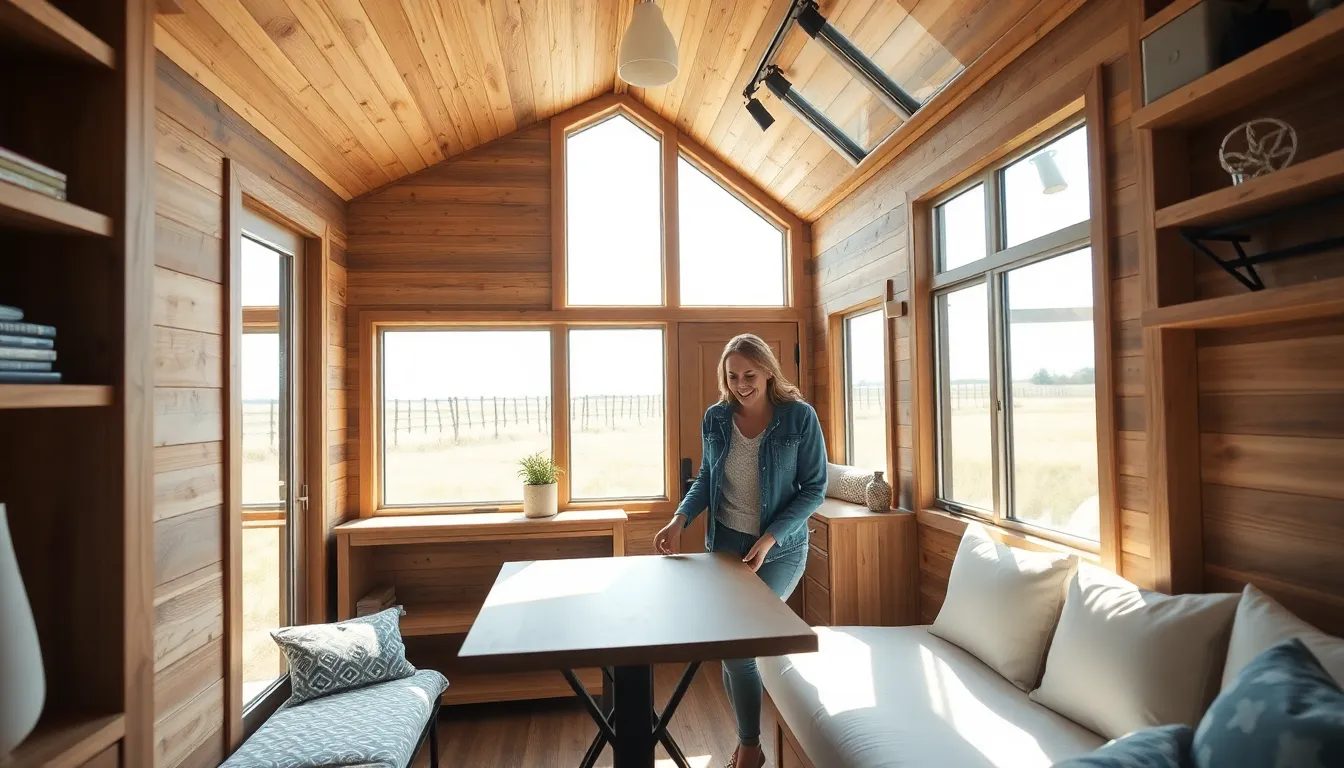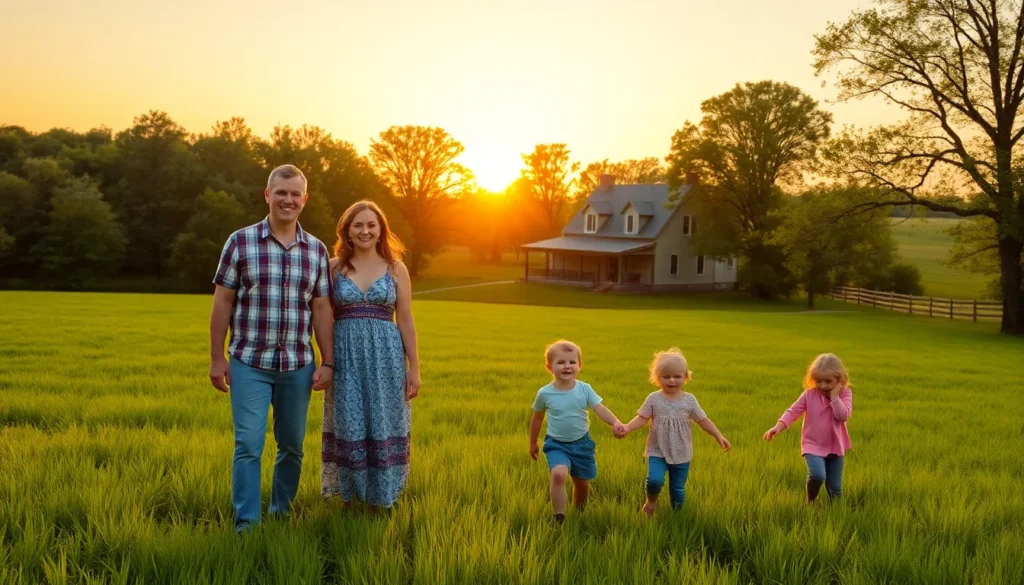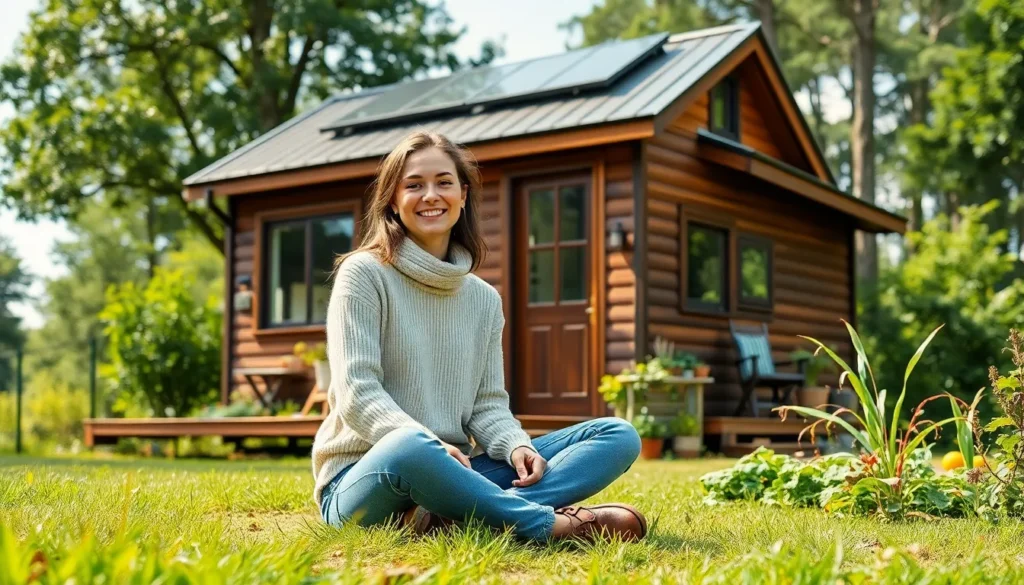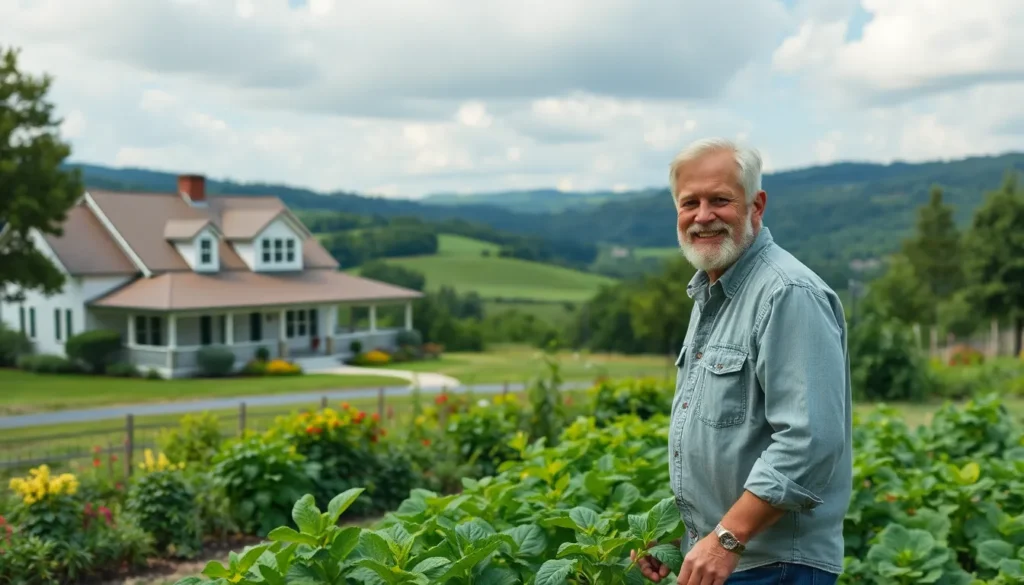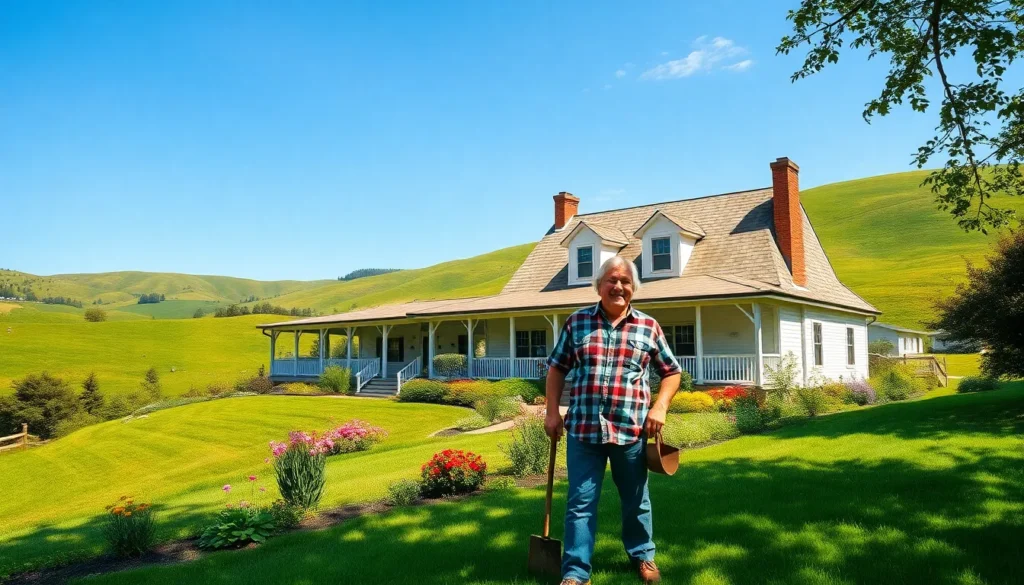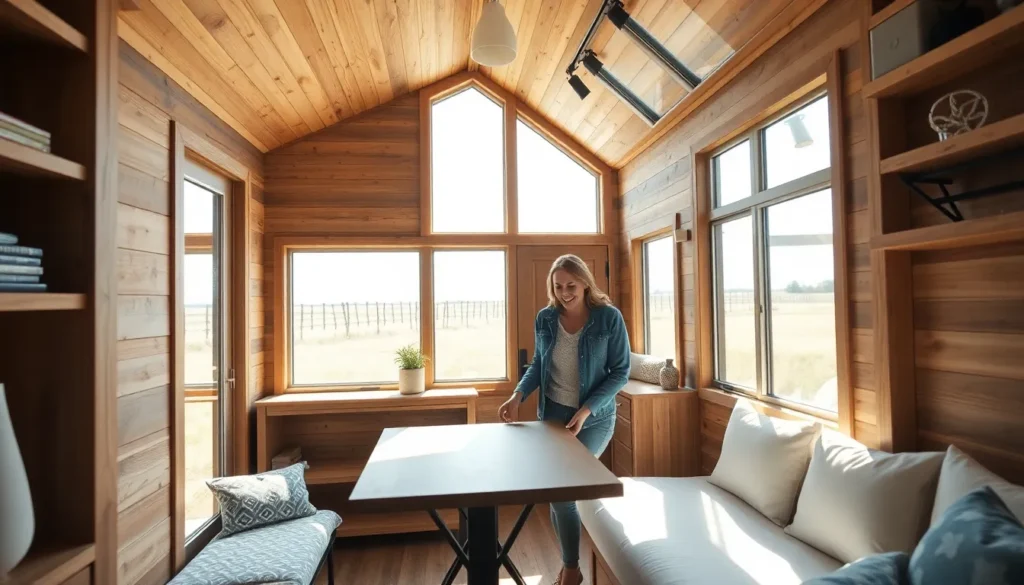As urban populations swell and housing demands escalate, innovative housing solutions have emerged as a beacon of hope. These creative approaches aim to tackle the pressing challenges of affordability, sustainability, and space efficiency. From modular homes to co-housing communities, the landscape of residential living is evolving rapidly, offering fresh perspectives on what it means to call a place home.
Innovators, architects, and communities are reimagining traditional housing models, blending technology with design to create spaces that are not only functional but also environmentally friendly. This article explores some of the most exciting trends and concepts in the realm of housing, showcasing how these solutions can transform lives and redefine community living.
Table of Contents
ToggleOverview of Innovative Housing Solutions
Innovative housing solutions emerge as effective responses to urban population growth and housing demand challenges. These solutions prioritize affordability, sustainability, and efficient space utilization while reshaping living environments.
Modular Homes
Modular homes represent a key innovation, built in sections at a factory and transported to sites for assembly. This construction method reduces costs by minimizing waste and labor time. Various designs accommodate diverse lifestyles, making them appealing to different demographics.
Co-Housing Communities
Co-housing communities foster shared resources and collaborative living. Residents maintain private spaces while sharing facilities like kitchens and recreational areas. This arrangement promotes social interaction and reduces individual living expenses.
3D-Printed Homes
3D-printed homes utilize advanced printing technology to construct structures layer by layer. This method significantly accelerates the building process, reducing costs and allowing customization. Several projects worldwide demonstrate the potential of 3D printing to solve housing shortages.
Tiny Houses
Tiny houses maximize space efficiency while offering an alternative to traditional housing. Measuring between 100 to 400 square feet, these dwellings emphasize minimalist living. The movement appeals to people seeking financial freedom, lower environmental impacts, and simplified lifestyles.
Sustainable Housing Initiatives
Sustainable housing initiatives focus on eco-friendly materials and energy-efficient designs. Incorporating solar panels, green roofs, and smart home technology results in reduced utility costs and a lower carbon footprint. These initiatives attract environmentally-conscious residents who value sustainability.
Prefabricated Housing
Prefabricated housing options streamline the construction process by assembling buildings off-site. These structures can be customized based on consumer preferences while maintaining cost-effectiveness. Prefabricated homes contribute to faster occupancy and reduced construction timelines.
Innovative housing solutions redefine traditional models, emphasizing collaboration and efficiency. As urban populations continue to grow, they offer practical approaches to meet evolving housing needs.
Types of Innovative Housing Solutions
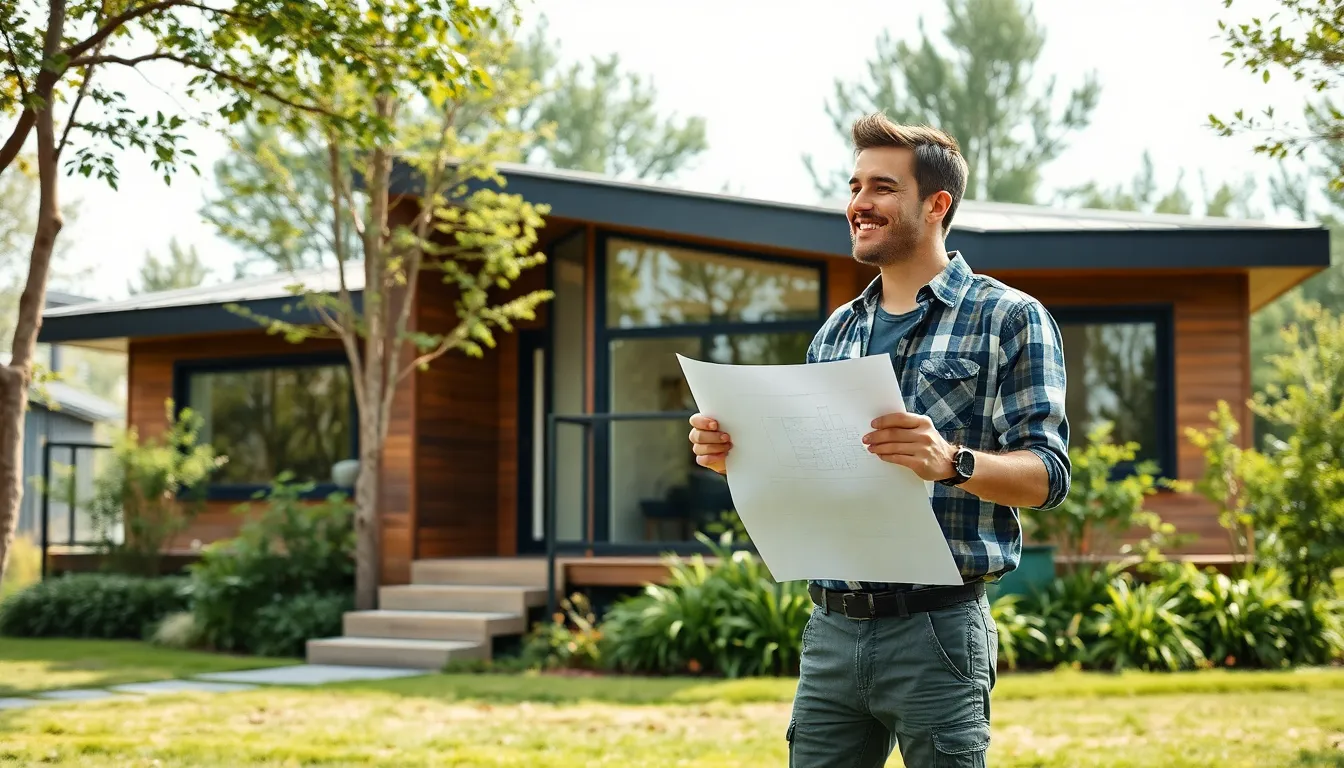
Innovative housing solutions encompass various models designed to address modern living challenges. These approaches include prefabricated homes, tiny homes, and modular housing.
Prefabricated Homes
Prefabricated homes consist of sections built off-site, allowing for quick assembly on location. This method reduces construction time and costs, making housing more affordable. Prefabricated homes are often customizable, accommodating different preferences and styles. Eco-friendly materials commonly used in construction enhance sustainability, contributing to energy efficiency and reduced waste.
Tiny Homes
Tiny homes feature a compact design, typically ranging from 100 to 400 square feet. This model emphasizes minimalism, encouraging occupants to declutter and focus on essential living. The tiny house movement promotes financial freedom, as lower living costs allow for a simplified lifestyle. Many tiny homes include sustainable practices such as solar power and water-efficient fixtures, integrating eco-conscious living into everyday life.
Modular Housing
Modular housing involves constructing sections in a factory before transporting them to the building site. This approach allows for high-quality, cost-effective homes that cater to diverse needs. Modular housing often incorporates eco-friendly designs and materials, making it an appealing option for environmentally conscious buyers. The speed of construction permits faster occupancy, addressing urgent housing demands in rapidly growing urban areas.
Benefits of Innovative Housing Solutions
Innovative housing solutions offer multiple advantages, addressing crucial challenges associated with urbanization. These benefits encompass affordability, sustainability, and community building.
Affordability
Affordability stands as a primary benefit of innovative housing solutions. Modular homes, for instance, cut construction costs through factory assembly, allowing for lower market prices. Tiny homes, ranging from 100 to 400 square feet, significantly reduce living expenses by lessening utility costs and maintenance needs. Co-housing communities foster shared resources, enabling multiple families to split costs for utilities, groceries, and maintenance. These models enhance access to housing for low- and moderate-income individuals, alleviating financial pressures.
Sustainability
Sustainability represents a critical focus of innovative housing solutions. Many designs utilize eco-friendly materials, reducing carbon footprints and minimizing waste. Prefabricated homes, with their efficient assembly processes, generate less construction debris compared to traditional methods. 3D-printed homes enable the use of sustainable materials and minimize energy consumption during the building phase. Energy-efficient designs, including passive solar features and smart technologies, allow residents to lower utility expenses while promoting environmental conservation.
Community Building
Community building emerges as a significant advantage of innovative housing solutions. Co-housing communities cultivate social interaction by fostering shared spaces and communal activities. These living environments encourage collaboration, allowing residents to support one another and strengthen relationships. Innovative housing models, such as micro-villages, create diverse neighborhoods, promoting inclusivity and cultural exchange. As residents participate in shared governance, community involvement deepens, enhancing social cohesion and overall quality of life.
Challenges in Implementing Innovative Housing Solutions
Innovative housing solutions face several challenges that can hinder their widespread adoption. These challenges include regulatory hurdles and public perception issues.
Regulatory Hurdles
Regulatory hurdles present significant barriers to implementing innovative housing solutions. Building codes often lag behind current technologies, limiting the use of new materials and construction methods. Zoning laws can restrict the development of alternative housing types, such as tiny homes or co-housing communities, forcing projects to conform to traditional standards. Approval processes vary widely across regions, resulting in lengthy delays that discourage developers. Compliance with environmental regulations adds complexity, requiring additional resources and expertise to navigate. Lack of standardized regulations for novel construction techniques, like 3D printing, further complicates the landscape. Adjusting regulatory frameworks to accommodate these innovations could streamline processes and encourage growth in this sector.
Public Perception
Public perception plays a crucial role in the acceptance of innovative housing solutions. Misconceptions about the quality and safety of alternative housing can deter potential residents and investors. Some communities resist new types of housing, fearing declines in property values or changes to neighborhood dynamics. Educational efforts can clarify the benefits of these solutions, promoting understanding and acceptance. Highlighting successful projects and addressing community concerns fosters trust and encourages collaboration. Engaging local stakeholders throughout the development process builds support and reduces apprehension regarding unconventional housing options. Overcoming these perception barriers is essential for the successful implementation of innovative housing solutions.
Innovative housing solutions are reshaping the landscape of urban living. By embracing creativity and technology, these approaches not only address pressing housing shortages but also promote sustainable and affordable options. The rise of modular homes, co-housing communities, and 3D-printed structures reflects a shift towards more efficient and community-oriented living.
As these trends continue to evolve, they offer promising pathways to enhance the quality of life for residents. Overcoming regulatory challenges and changing public perceptions will be crucial in realizing their full potential. Ultimately, the future of housing lies in collaboration, innovation, and a commitment to building inclusive communities.
